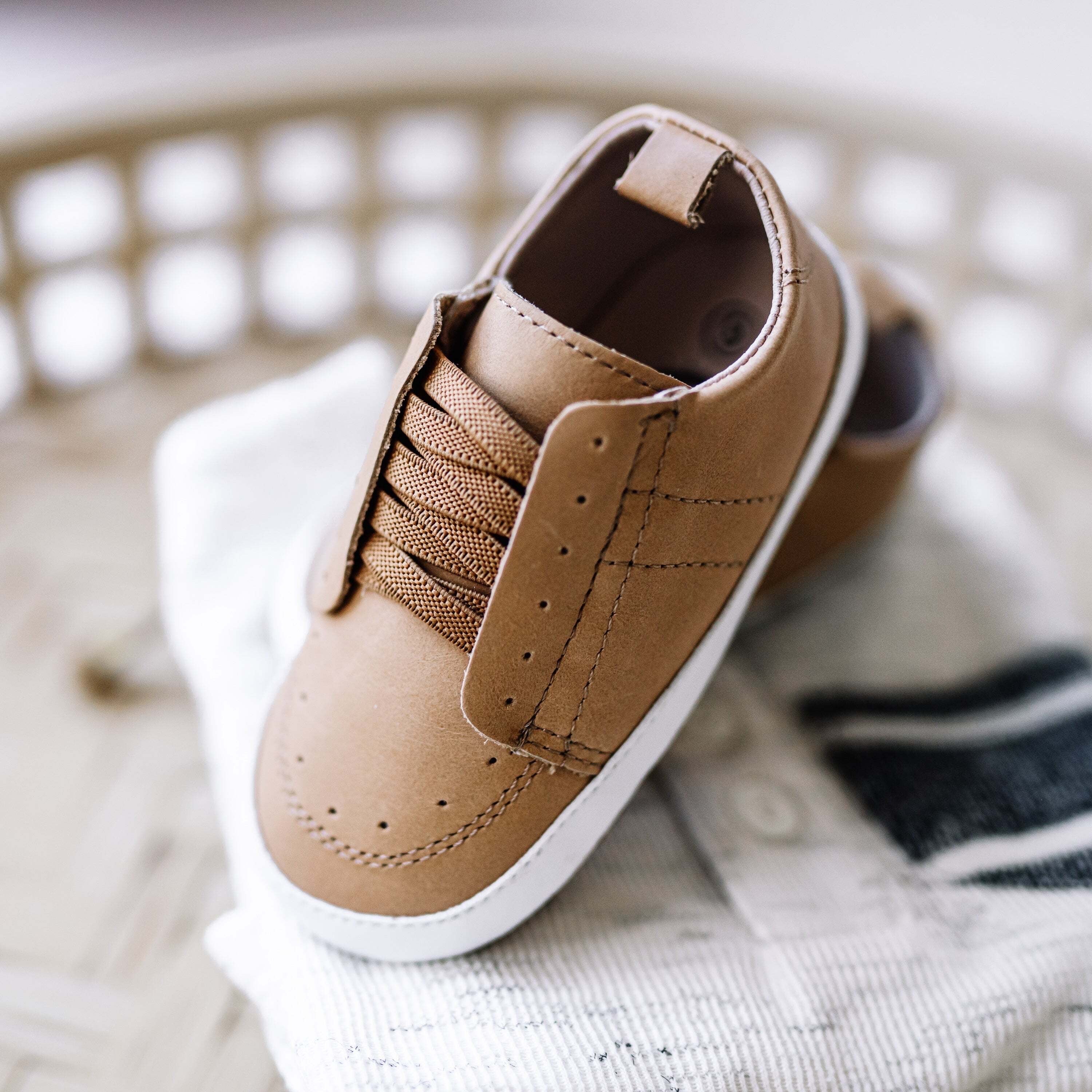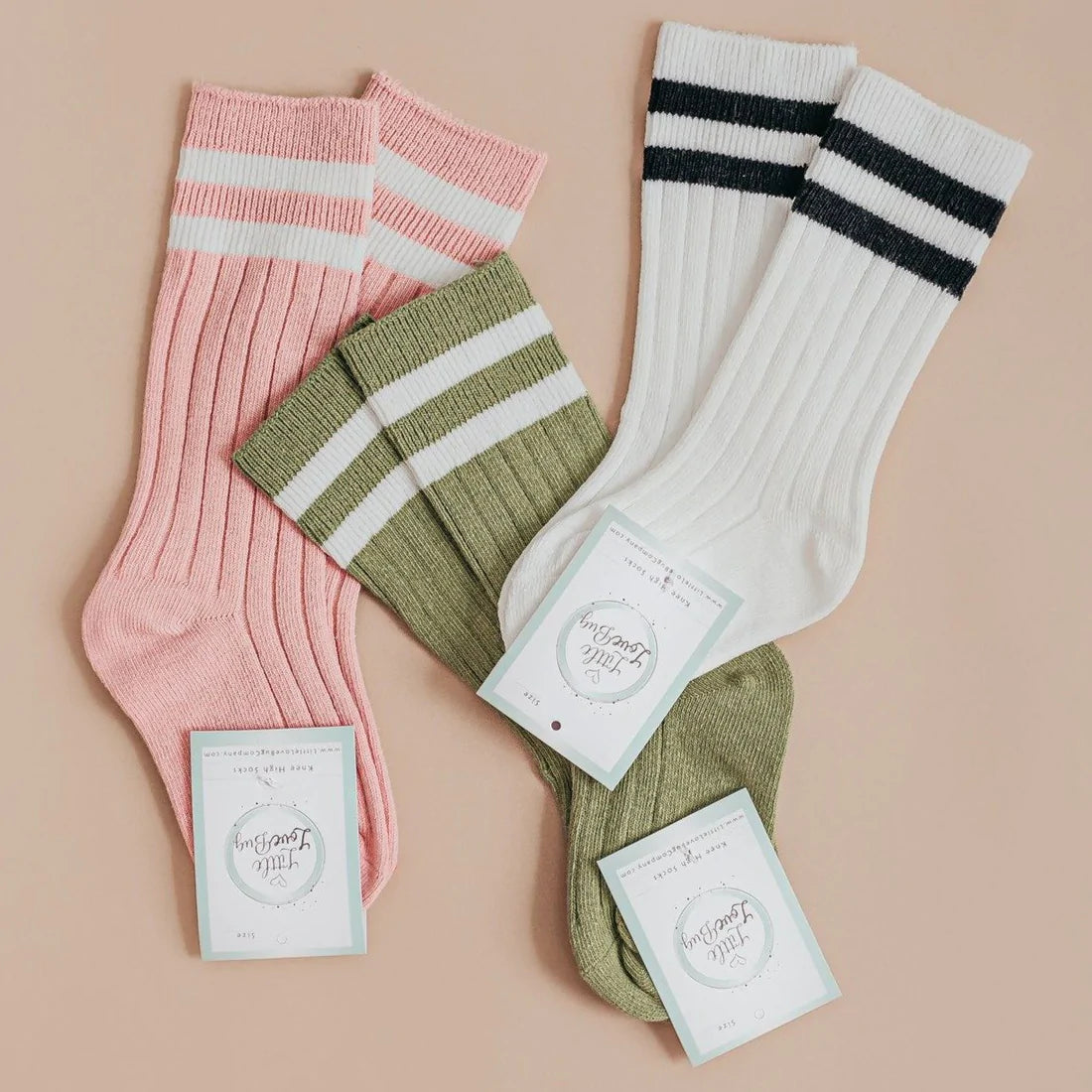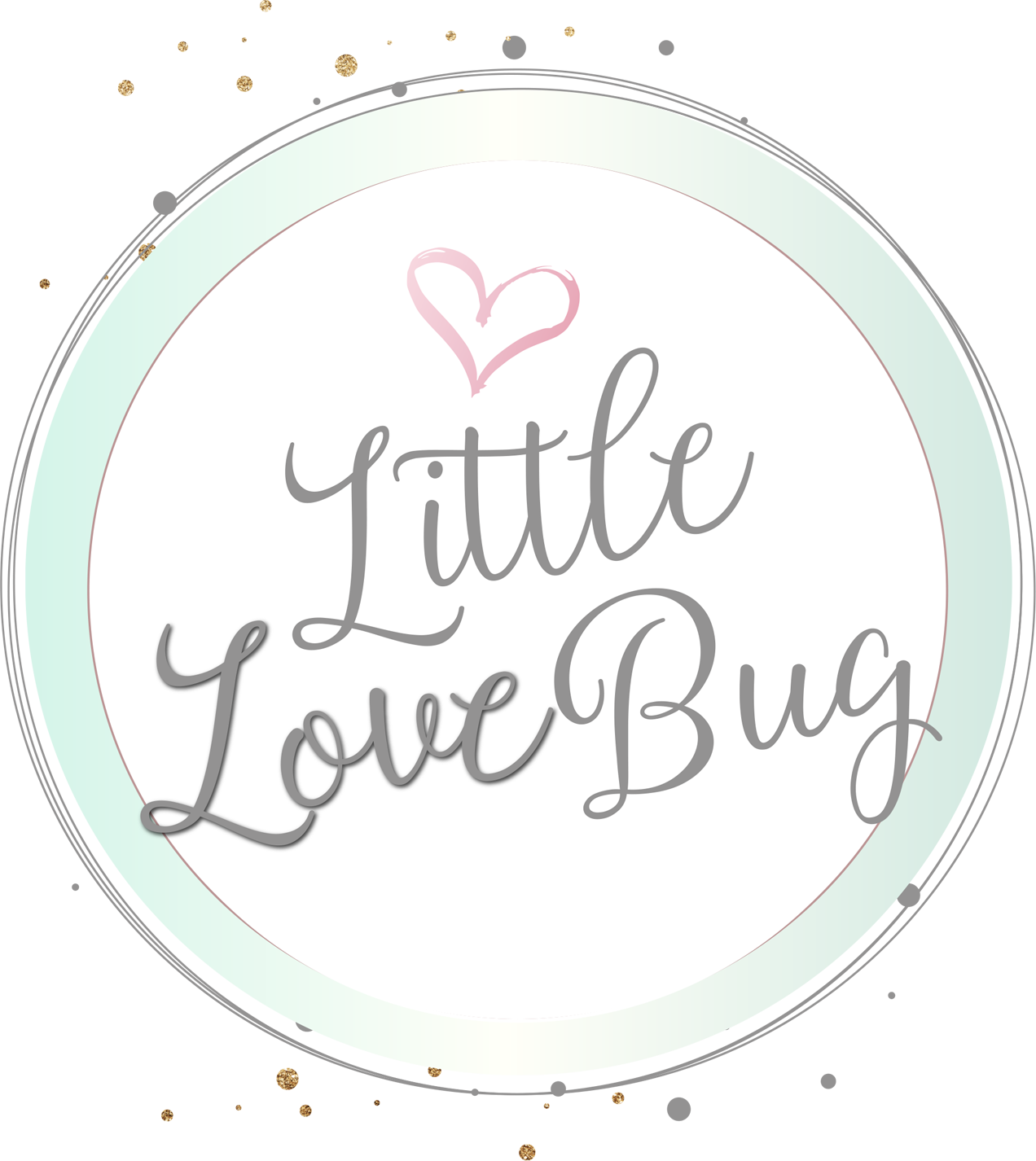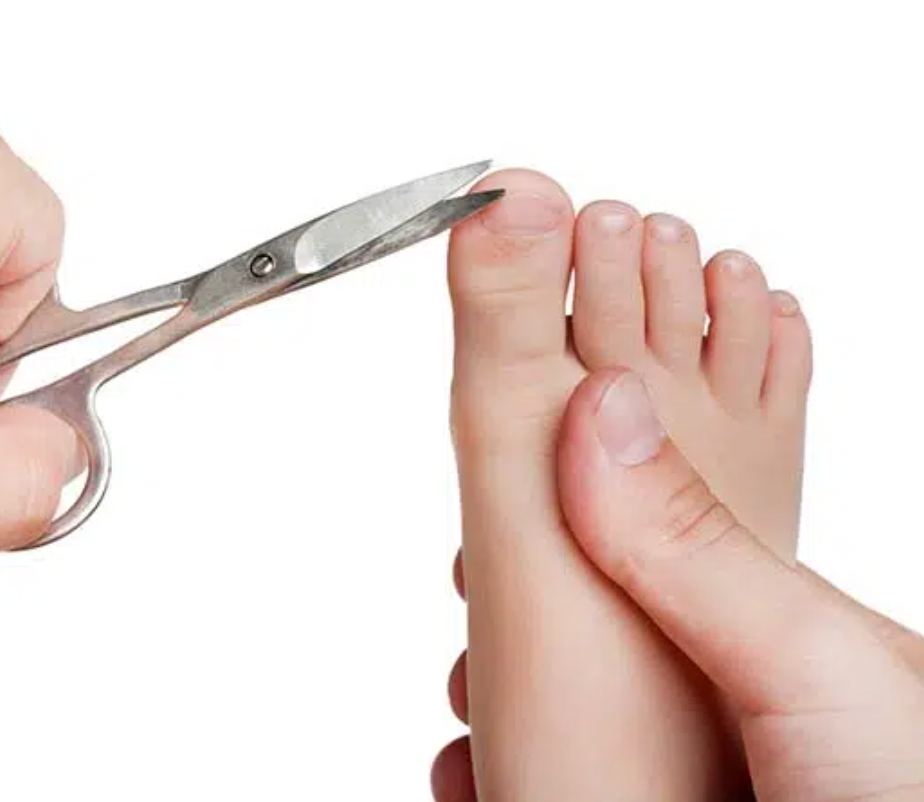A baby’s foot is a unique thing to nurture, and very different from an adult foot. Caring for a baby’s feet through all stages of growth is imperative to aid the development of gross motor skills and balance as children progress.
This store requires javascript to be enabled for some features to work correctly.
Babies' toenails exhibit astonishing growth rates, demanding special attention and care to avoid the discomfort associated with ingrown toenails. In this article, we explore the symptoms, causes, and effective home treatments for ingrown toenails in infants, along with essential tips to prevent t...
👣 Uncover the Truth about Modern Day Shoes! 👣🚫 Foot Binding 2.0: The Hidden Problem 🚫
Did you know that modern day shoes affect your child's foot development? It's time to shed some light on this pressing issue!
🔍 The Reshaping Conundrum
Our children's feet are designed to grow naturally, adaptin...
The COVID Baby Boom: Implications for Our FutureThe COVID-19 pandemic has had far-reaching effects on every aspect of our lives, including an unexpected consequence: a baby boom. With lockdowns, social distancing measures, and increased time spent at home, many couples found themselves with an ab...
Insights into New and Expectant Parents' Online Searches Revealed by GoogleWhen it comes to seeking information and support, new and expectant parents turn to the internet as a valuable resource. Google has recently shed light on the search trends and behaviors of parents-to-be, highlighting thei...
Preparing for the arrival of your baby involves a whirlwind of activities, from setting up the nursery to gathering essential supplies. Amidst all the busyness, it's crucial not to overlook the importance of packing your hospital bag. Many parents tend to leave this task until the last minute or ...
BE THE FIRST
Subscribe for exclusive deals & 10% off your first order
Be the first to hear about my secret sales, latest design drops, and this season's top product picks all through your e-mail.





